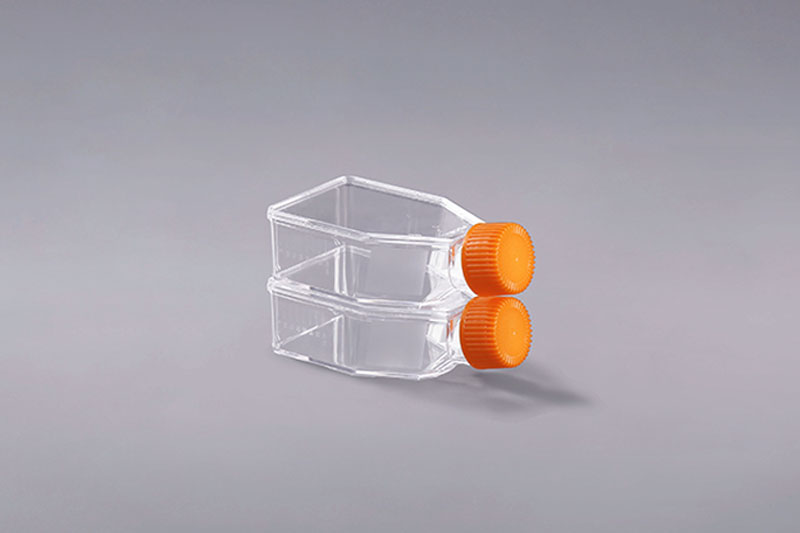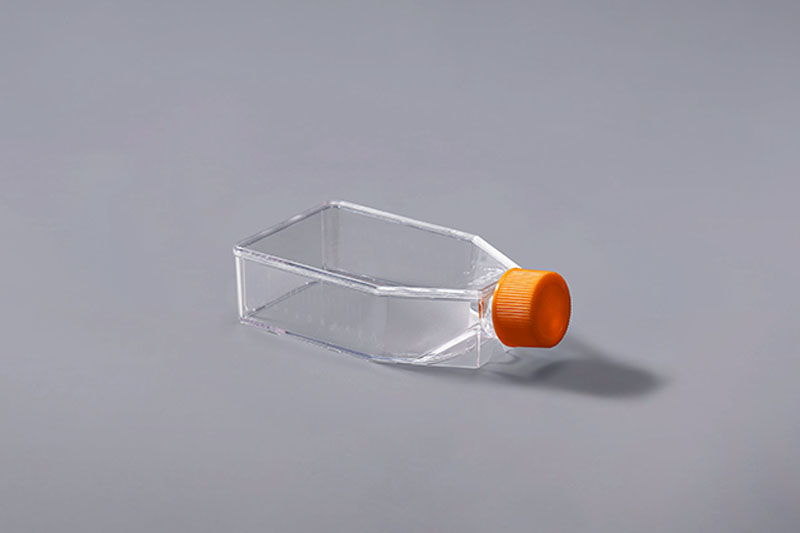Poor cell growth in cell culture flasks is a problem we often encounter when doing experiments. In fact, we don’t have to worry too much about this problem. As long as we master the factors that affect cell growth, we can plan ahead and let you cells grow happily.
1. The state of the cell itself: Whether the cell state is good or not is the basic factor affecting the later growth. If the number of passages is too many, the cells will be aged; the inoculation amount of cells: the inoculum amount is too low, the cell growth is slow; the cell passage time is too late: the cells are poisoned, which will affect the growth of the cells after passage; the trypsinization time is too long or too short: the time is too long If the time is too long, the cells will die; if the time is too short, the cells will not be completely separated into clusters, and the cells will die.
2. Medium or serum: each cell has suitable serum and medium, whether the selected or configured medium is appropriate; no verification before replacement, etc., will also affect the growth of cells.
3. Culture environment: Cell growth needs a suitable environment, whether the supply of CO2 is normal; whether the temperature control of the incubator or shaker is correct.
4. Contamination: After being contaminated by mycoplasma or mold, it will also affect the growth of cells.
If the cells in the cell culture flask do not grow well, you can analyze the reasons from the above aspects first, and after finding out the problem, you can avoid this situation in future experiments.
The FAI climbed 5.9 percent year-on-year in the first 11 months of 2018, quickening from the 5.7-percent growth in Jan-Oct, the National Bureau of Statistics (NBS) said Friday in an online statement.
The key indicator of investment, dubbed a major growth driver, hit the bottom in August and has since started to rebound steadily.
In the face of emerging economic challenges home and abroad, China has stepped up efforts to stabilize investment, in particular rolling out measures to motivate private investors and channel funds into infrastructure.
Friday's data showed private investment, accounting for more than 60 percent of the total FAI, expanded by a brisk 8.7 percent.
NBS spokesperson Mao Shengyong said funds into weak economic links registered rapid increases as investment in environmental protection and agriculture jumped 42 percent and 12.5 percent respectively, much faster than the average.
In breakdown, investment in high-tech and equipment manufacturing remained vigorous with 16.1-percent and 11.6-percent increases respectively in the first 11 months. Infrastructure investment gained 3.7 percent, staying flat. Investment in property development rose 9.7 percent, also unchanged.
 English
English




















































